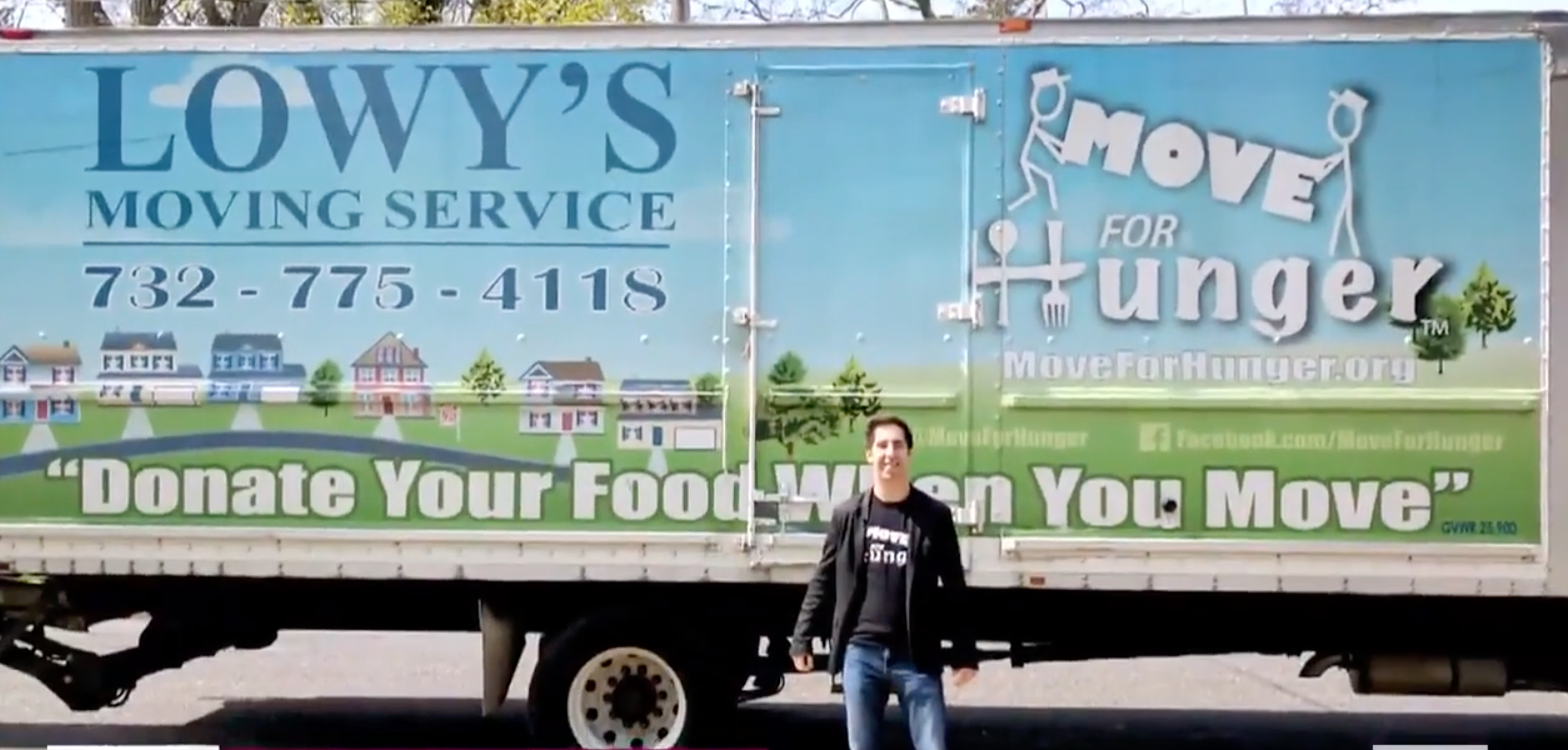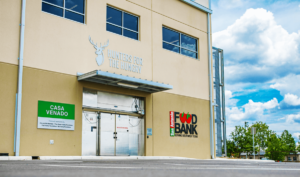Move For Hunger — a national nonprofit that started out by helping people donate their food when they move — is expanding into transporting truckloads of perishable food on behalf of food banks.
Move For Hunger’s connections with the trucking industry run deep, extending to a 100-year-old New Jersey family moving business. Working there a dozen years ago, Adam Lowy, Founder and Executive Director of Move For Hunger, saw that people frequently threw food away when they moved. So he started to collect the nonperishable food his customers were leaving behind to donate it to a local food bank, Fulfill of Monmouth and Ocean counties. The first month, he collected 300 pounds worth.

That effort has expanded into Move For Hunger, a nonprofit with 13 employees that has assembled a network of 1,000 professional trucking companies to help move food, resulting in millions of pounds of food transported to food distributors yearly. Now Lowy wants to expand even further, using refrigerated trucks to quickly move perishable food between growers and food banks.
The group’s fresh food initiative has been gaining steam, increasing from 80,000 pounds of fresh food recovered and delivered in 2019, to 350,000 pounds last year, as Covid-19 interrupted normal crop distribution, Lowy said.
“During the pandemic, we started partnering with farmers and gleaning organizations and trying to determine how to capture more of that fresh food that was getting left behind and rotting in the field,” Lowy said.
The goal for this year? “At least 700,000 pounds,” he said. “We’re trying to double what we’ve done from a fresh food standpoint, expanding the network while potentially piloting some new technologies.”
One idea is to bring refrigeration to the food, rather than the food to refrigeration. “If we can provide refrigerated trailers to some farms, then we have that trailer onsite to extend the life of that food by that much longer, until we can come over and pick it up,” Lowy said. Another thought is to position refrigerated trailers at interstate rest stops where food could be left in cold storage to be picked up later.
Move For Hunger has a page on its website for food banks to request assistance. “If there are food banks out there that need transportation assistance, if there are gleaning organizations, farmers, food manufacturers, distributors, anyone that needs help to get donated food to food banks, that’s where we want to provide free transportation and take some of the costs and time out of that experience for so many that struggle with transportation,” Lowy said.
Move For Hunger is not the first to try to link recoverable food with the trucking industry. Food Drop, a project of Indy Hunger Network, addresses the issue with an app that tells truckers where they can drop off food that they might otherwise have to dump.
Lowy noted that Move For Hunger already has connections to the transportation industry, including a recent relationship with the American Trucking Association. “Really what we’re looking for is, ‘Who’s got the food? Where’s the food?’ That’s a question I ask all the time. Our issue is, we’re talking about bulk donations. I don’t want to pick up a box of food. I want to pick up a truckload of food, a trailer of food.”
With truckloads, food recovery operations can scale up from smaller rental vans or pickup trucks, which require food banks to accept, say, fourteen pallets of strawberries. “We know that’s not the most efficient use of everybody’s time,” Lowy said. “If we can get that food out of the field and into refrigeration quickly, then we’ve got the opportunity to hitch up to that trailer and get it to where it needs to be.”
That sort of recovery operation hasn’t happened yet, he said, but Move For Hunger is talking to a number of food policy and gleaning organizations, “figuring out who we can create a partnership with for this year’s pilot.”
How many companies will get involved in the pilot? It won’t ramp up to 1,000 this year, he acknowledged. “But over time? Absolutely.”
He added, “We know the interest is there. We know our transportation partners are doing this for the right reasons and want to help.” — Mark Fogarty
Mark Fogarty is a finance writer with interests in affordable housing, permanent housing for the homeless and other topics. He is the former editor of National Mortgage News and has freelanced articles for Indian Country Today, The Housing Scene, and Tax Credit Advisor.
Like what you’re reading?
Support Food Bank News








